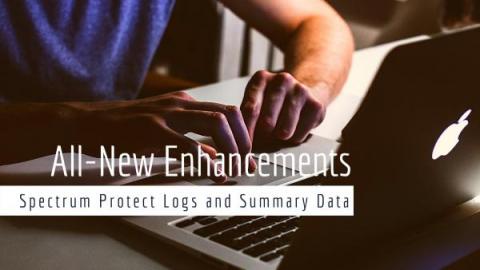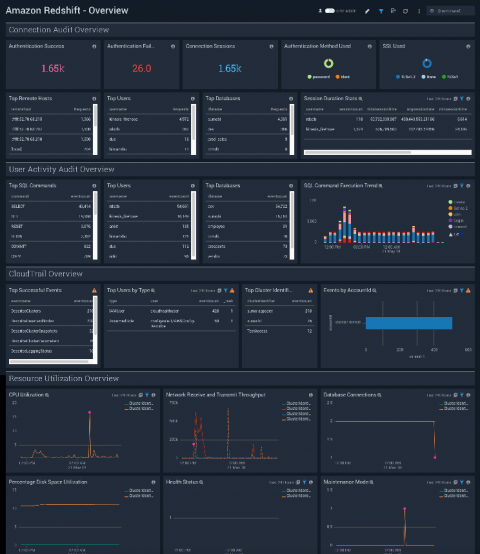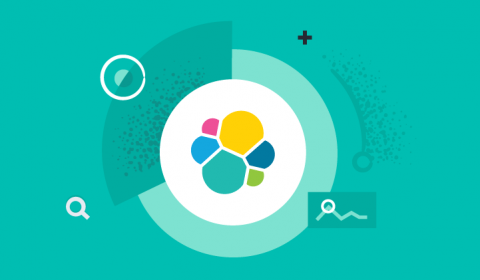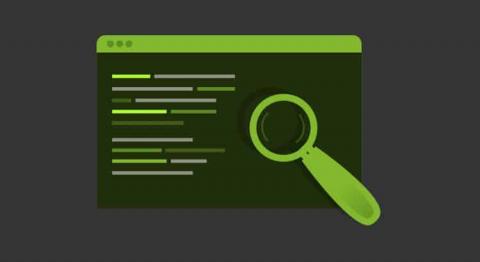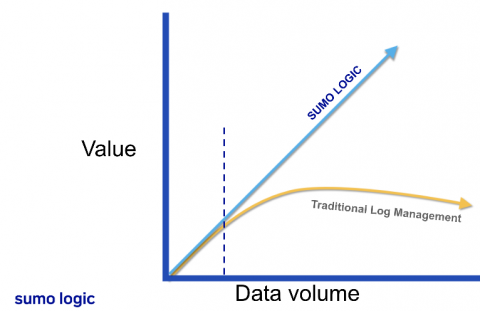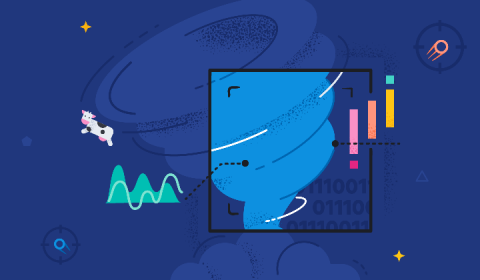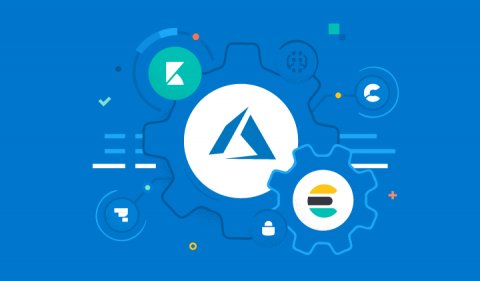20 Best Cloud Monitoring Tools of 2021: Pros & Cons Comparison
When providing services to your customers you need to keep an eye on everything that could impact your success with that – from low-level performance metrics to high-level business key performance indicators. From server-side logs to stack traces giving you full visibility into business and software processes that underpin your product. That’s where cloud monitoring tools and services come into play.



